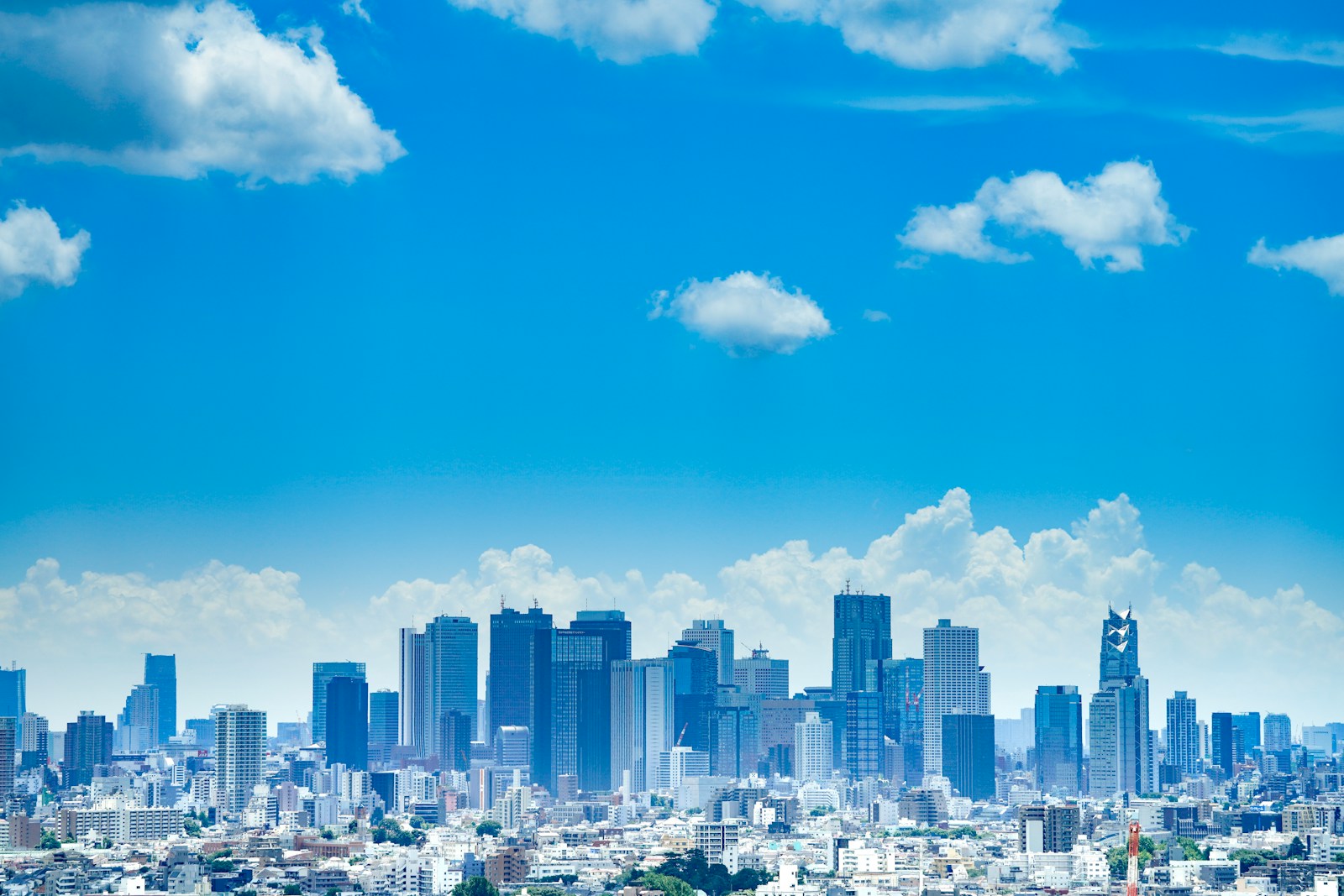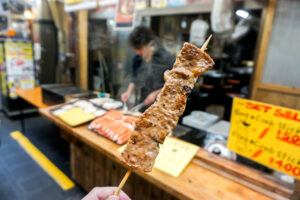Embarking on a journey to Japan is like stepping into a meticulously painted scroll where every corner holds a narrative, every landscape a poem. This compact guide is designed to unveil the Land of the Rising Sun through its most unforgettable experiences. From the pulsating streets of Tokyo to the solemn peace of Hiroshima, the gastronomic delights of Osaka to the tranquil beauty of Kyoto’s temples, this exploration goes beyond the surface to discover the heart and soul of Japan.
1. Japan Unveiled: A Journey of Discovery Begins
Japan, an archipelago that weaves together the ancient and the futuristic, the serene and the bustling, is a study in contrasts. It’s where Shinto shrines nestle among skyscrapers and where the quiet of nature is just a bullet train ride away from the neon-lit cities. This journey of discovery begins with an open mind and an open heart, ready to experience the myriad of wonders that Japan has to offer. From the moment you step off the plane, you are enveloped in a culture steeped in tradition, respect, and innovation. Japan is not just a country to visit but a world to immerse yourself in, where every meal is a feast, every street an exploration, and every encounter a lesson in hospitality.
2. Tokyo’s Top Treasures: Beyond the Neon Lights
Tokyo, a megacity that dazzles visitors with its neon lights and towering skyscrapers, offers much more than just its futuristic facade. Dive into the historic alleys of Asakusa, where the ancient Senso-ji Temple invites contemplation amidst the hustle and bustle. Wander through the tranquil gardens of the Imperial Palace, an oasis of peace in the heart of the city. Explore the trendy streets of Harajuku, the cradle of youth culture and fashion. Don’t miss the chance to catch a sumo match or partake in a traditional tea ceremony. And as the sun sets, join the locals at a tiny izakaya for an unforgettable taste of Tokyo’s night life.
3. Kyoto’s Timeless Temples: A Spiritual Odyssey
Kyoto, the ancient capital, is a city suspended in time, home to over 2,000 temples and shrines. The Golden Pavilion (Kinkaku-ji) glimmers in the sunlight, reflecting a Japan of ages past. The stone path through the bamboo grove leading to the tranquil Zen garden of Ryoan-ji Temple offers a moment of reflection. Don’t miss the chance to walk through the torii gates of Fushimi Inari Shrine, a path that winds through the sacred mountain. In Gion, the traditional entertainment district, you might catch a glimpse of a geisha hurrying along to an engagement. Kyoto’s temples are not just architectural marvels but gateways to understanding the soul of Japan.
4. Osaka’s Culinary Adventure: Flavors of Japan
Osaka, Japan’s kitchen, is a city where food is not just a necessity but a passion. Dive into the bustling Dotonbori district, where neon signs advertise a plethora of culinary delights. Sample takoyaki, balls of batter filled with octopus, a local favorite. Indulge in okonomiyaki, a savory pancake that’s a meal in itself. Visit the Kuromon Ichiba Market, where fresh seafood is prepared right before your eyes. Don’t forget to try kushikatsu, skewered and breaded meats and vegetables, a testament to Osaka’s love affair with street food. Osaka’s culinary adventure is a journey for the taste buds, offering a deep dive into the heart of Japanese cuisine.
5. Hokkaido’s Natural Wonders: Wild and Untouched
Hokkaido, Japan’s northernmost island, is a haven of natural beauty and wilderness. Here, the untamed landscape ranges from the volcanic caldera of Lake Toya to the unspoiled forests of Shiretoko National Park, a UNESCO World Heritage site. Winter transforms the island into a snowy paradise, perfect for skiing and snowboarding. Summer brings the lavender fields of Furano to vibrant life, a sea of purple that stretches to the horizon. Hokkaido is also home to the indigenous Ainu culture, offering a unique perspective on Japan’s diversity. This island’s natural wonders provide a serene escape from the fast pace of Japan’s cities, a reminder of the country’s vast and varied beauty.
6. Historical Hiroshima: Peace and Reflection
Hiroshima, a city that rose from the ashes of the atomic bomb, stands today as a symbol of peace and resilience. The Peace Memorial Park and Museum offer poignant insights into the tragic past and a hopeful vision for the future. The Atomic Bomb Dome, preserved in its devastated state, is a powerful reminder of the need for peace. Beyond its historical significance, Hiroshima invites exploration of its reconstructed castle, beautiful Shukkeien Garden, and the nearby sacred island of Miyajima, famous for its floating torii gate. Hiroshima’s story is one of unimaginable loss, but also of remarkable recovery and reconciliation.
7. Okinawa’s Island Paradise: Sun, Sea, and Culture
Okinawa, a chain of islands at the southern tip of Japan, offers a distinct blend of Japanese and indigenous Ryukyuan cultures, set against a backdrop of tropical beaches, crystal-clear waters, and vibrant coral reefs. The Churaumi Aquarium showcases the rich marine life of the region, including massive whale sharks. Historical sites like Shuri Castle provide insight into the Ryukyu Kingdom that once thrived here. The islands are also renowned for their longevity, attributed to a unique diet and laid-back lifestyle, offering lessons in living well. Okinawa’s island paradise invites relaxation, exploration, and a deep dive into a culture that thrives at the intersection of tradition and natural beauty.
8. The Art of Onsen: Japan’s Hot Spring Heaven
The onsen, or Japanese hot spring, is an art form in itself, offering rejuvenation for body and soul amidst stunning natural settings. From the snow-capped mountains of Hokkaido to the volcanic sands of Kyushu, each onsen has its unique charm. Bathing in these geothermal waters is a ritual, steeped in centuries of tradition, promising relaxation and a connection to nature. Many onsens are part of ryokans, traditional Japanese inns, providing a cultural experience that extends beyond mere relaxation. The experience is about purification, tranquility, and the art of embracing the moment, an essential aspect of Japanese philosophy.
9. Samurai Paths: Exploring Japan’s Warrior Culture
The samurai, Japan’s legendary warrior class, have left an indelible mark on the country’s culture and history. Exploring the samurai paths means visiting ancient castles like Himeji and Matsumoto, where the spirit of the bushido, the way of the warrior, still lingers. Museums dedicated to samurai history and culture, such as the Samurai Museum in Tokyo, offer insights into their lives, arts, and philosophy. The city of Kanazawa, with its beautifully preserved samurai district, provides a glimpse into the world these warriors inhabited. Following the samurai paths is a journey into the heart of Japanese values of honor, discipline, and loyalty.
10. Mt. Fuji: Hiking Japan’s Iconic Peak
Mount Fuji, Japan’s tallest peak, is more than just a mountain; it’s a symbol of the nation’s spiritual and cultural identity. Climbing Mt. Fuji is a rite of passage for many, a journey undertaken in the early hours of the morning to witness a breathtaking sunrise from the summit. The climb, while challenging, rewards hikers with panoramic views of the surrounding landscape and a profound sense of accomplishment. Beyond the climb, the Fuji Five Lakes region offers serene beauty and outdoor activities, making it a perfect destination for nature lovers. Mt. Fuji’s iconic profile inspires artists, poets, and visitors, embodying the beauty and enduring spirit of Japan.
11. Shinkansen: Speeding Through Japan’s Landscapes
The Shinkansen, or bullet train, is a marvel of Japanese engineering and efficiency, linking cities with punctuality and speed. Riding the Shinkansen is an experience in itself, offering a smooth journey through Japan’s diverse landscapes, from urban sprawls to rural vistas. It’s not just a mode of transportation but a symbol of Japan’s post-war resurgence and technological prowess. The convenience and comfort of the Shinkansen make it an ideal way to explore the country, turning journeys into opportunities to witness the changing face of Japan at high speed.
12. Japan’s Festivals: A Kaleidoscope of Traditions
Japan’s festivals, or matsuri, are a vibrant expression of the country’s culture and traditions. From the snow sculptures of Sapporo’s Snow Festival to the solemn lantern floating of Hiroshima’s Peace Memorial Ceremony, each festival offers a unique glimpse into the local community’s way of life. The Gion Festival in Kyoto, with its elaborate floats and costumes, showcases the city’s history and craftsmanship. Meanwhile, the wild energy of Tokyo’s Sanja Matsuri reveals the city’s spiritual side. Participating in or witnessing these festivals is an immersive experience, connecting visitors to the heartbeat of Japan’s cultural legacy.
Japan is a tapestry of experiences, a country where every visit uncovers new layers of beauty and tradition. This compact guide to must-do experiences offers just a glimpse into the rich tapestry that is Japan. From the majesty of its natural landscapes to the depth of its historical roots, the warmth of its people to the innovation of its cities, Japan beckons travelers with the promise of discovery. Whether you’re soaking in an onsen, tasting the flavors of its cuisine, or standing in the shadow of Mt. Fuji, Japan offers a journey of endless exploration.








